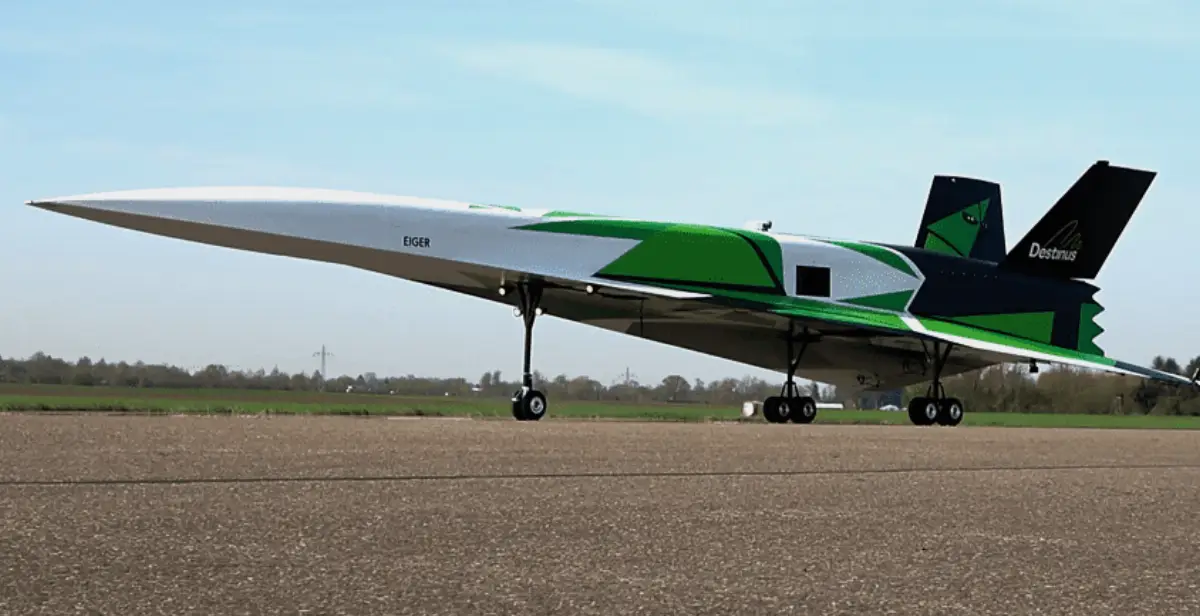
UAS. Destinus acquires Daedalean to enhance its flight systems with AI
$225 Million Operation. The agreement aims to accelerate the development of autonomous aircraft for civilian and defense markets

Destinus Group BV, headquartered in The Netherlands, has signed a binding agreement to acquire Daedalean, a Zurich-based start-up specializing in artificial intelligence solutions for aviation. The deal, valued at 180 million Swiss francs (approximately 225 million dollars) in a combination of cash and shares, is expected to close by the end of 2025. This transaction significantly strengthens Destinus' position in a rapidly expanding market by integrating Daedalean’s cutting-edge AI technology into its flagship products.
Founded in 2016, Daedalean is regarded as a pioneer in AI-based avionics software, capable of providing enhanced situational awareness and enabling navigation in GPS-denied environments. Its technology leverages cameras and sensors to allow aircraft to operate autonomously. With a team of over 150 specialists, including 13 PhD holders, the company focuses on safe and certifiable solutions. The two companies had previously collaborated, making this integration a natural step to combine Destinus’ aerospace engineering expertise with Daedalean’s software and AI capabilities.
The acquisition is a cornerstone of Destinus’ strategy to expand its artificial intelligence solutions in unmanned flight systems, targeting both the civil and defense sectors. As emphasized by Tim Moser, Co-founder and CTO of Destinus, the deal adds “top-tier AI expertise", accelerating the development of intelligent drone systems. Bas Gouverneur, CEO of Daedalean, added that together the companies will be able to offer the market “innovative autonomy solutions and sophisticated decision-making tools", making flight more resilient and flexible. These solutions will also aim to enhance the effectiveness of human operators in managing flight systems and drone swarms, boosting mission adaptability and efficiency.
To clarify for our readers, Editor’s note:
Drones (UAVs, Unmanned Aerial Vehicles), or autonomous aircraft, are piloted aircraft without an onboard human, controlled remotely by a ground operator or, in the case of more advanced systems, programmed to fly fully autonomously, making decisions based on sensors and artificial intelligence. They are categorized based on their level of autonomy:
- Remotely Piloted Aircraft (RPA): These are the most common drones. An operator controls them in real time via a radio controller, often viewing the world through the drone’s camera.
- Autonomous Aircraft: These systems are capable of executing a pre-programmed mission without any direct human input. They utilize artificial intelligence, sensors, GPS, and other systems to navigate, avoid obstacles, and achieve their objectives independently.
The use of drones has spread across various sectors:
- Civil: employed for aerial photography and videography, infrastructure inspections (bridges, power lines), precision agriculture, topographic surveys, and cargo deliveries (a rapidly growing sector).
- Military: used for aerial surveillance, reconnaissance, tactical support, and in some cases, air strikes.
The technology underpinning autonomous drones is continuously evolving thanks to advances in artificial intelligence and machine learning, enabling these aircraft to better adapt to unforeseen situations and make complex decisions.
AVIONEWS - World Aeronautical Press Agency